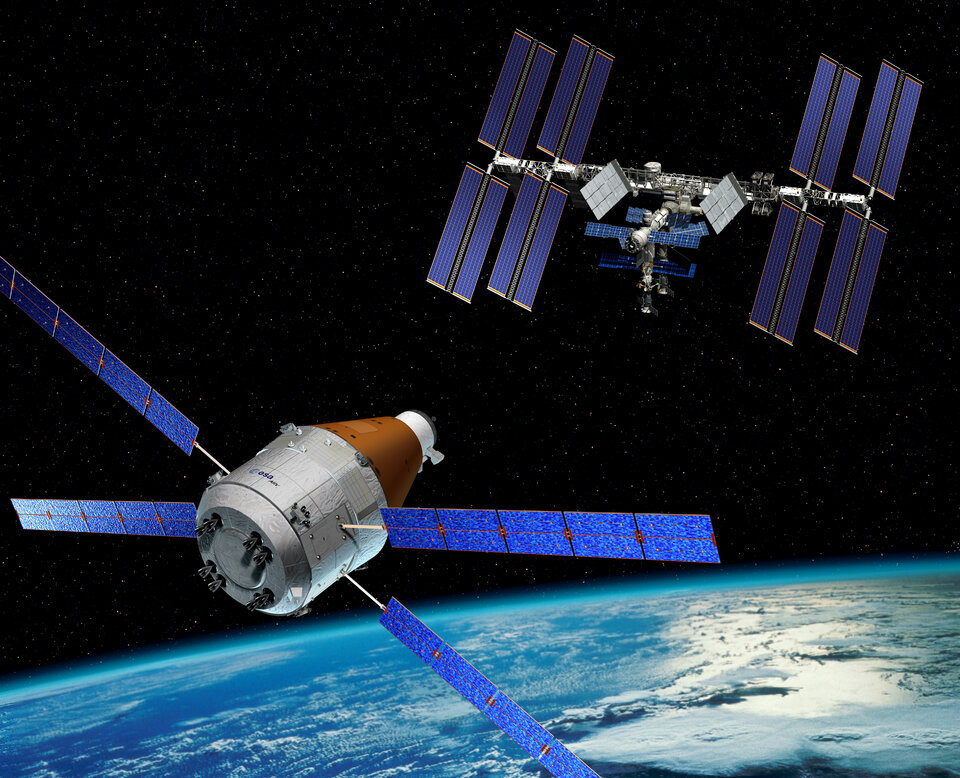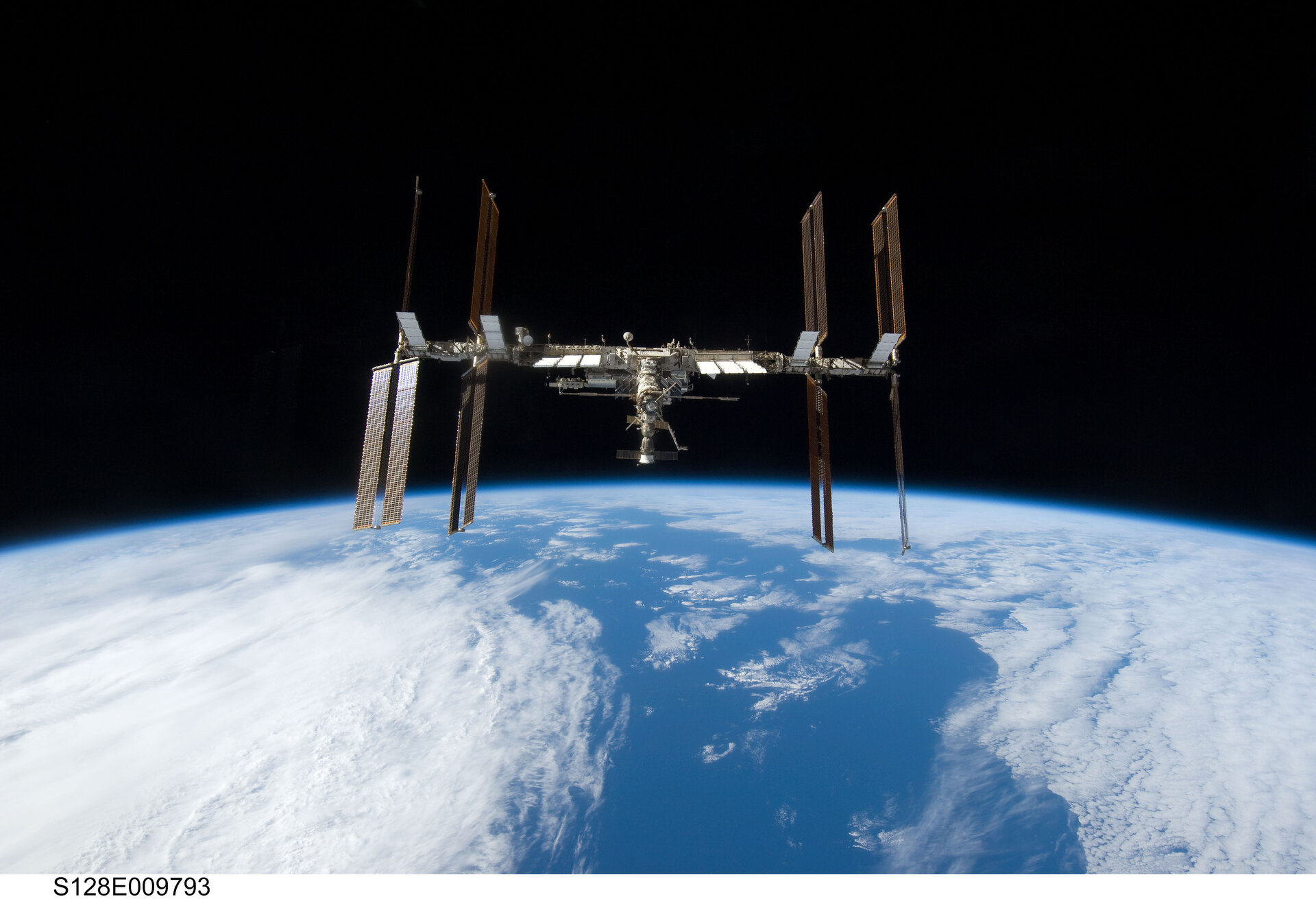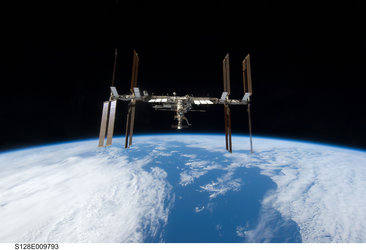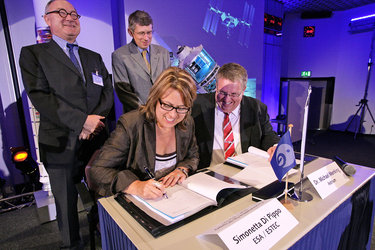ESA/NASA Memorandum of Understanding covers cooperation in human spaceflight
Last Friday, ESA’s Director General, Jean-Jacques Dordain, and NASA’s Administrator, Charles Bolden, signed a Memorandum of Understanding on space transportation which provides the grounds for further close cooperation of the two agencies in human spaceflight.
“NASA and ESA have been working very closely and very successfully together in human spaceflight for decades,“ said ESA’s Director of Human Spaceflight, Simonetta Di Pippo “The most visible result of this cooperation is currently the International Space Station, which has been permanently inhabited since 2000. Now that both space agencies are developing new space transportation systems, either crew or cargo, the signed Memorandum of Understanding (MoU) will benefit both human spaceflight programmes, which are key elements in their respective portfolio of activities.”
ESA has recently started the development of the Advanced Reentry Vehicle (ARV) by signing a contract with Astrium Space Transportation to define the mission and the spacecraft. The ARV benefits from the highly successful Automated Transfer Vehicle (ATV) programme and will make use of the avionics and propulsion system of ATV. ARV will allow the delivery of cargo to the ISS and its safe return to Earth, which is important not only for scientific samples from the ISS but also for future exploration missions. In a second step, ARV could also be developed into a crew transportation system.

“We are entering a new era for human spaceflight and exploration, with new vehicles being developed and new destinations being considered where international cooperation will play an ever greater role. This MoU helps us to make full use of the synergies that arise when spacecraft are developed for similar purposes,” said Di Pippo, who attended the signature ceremony along with Dordain. “It will also contribute to a more robust architecture of the global space exploration programme where international spacecrafts and systems will have to be compatible to augment the scope and the results of each mission.”
For human spaceflight, the MoU will first of all help to define interoperable docking systems, allowing a better exploitation of the ISS, future joint exploration missions and finally mutual support in case of crew rescue missions. Other areas identified for future cooperative activities are:
- Human-rating approaches for crew transportation systems, including their associated launch vehicles and ground infrastructure;
- Approaches for vehicle assembly, integration, test and operations at launch complexes;
- Architectures, development, test, technology insertion and deployment approaches for lunar landers and surface systems;
- Cargo and crew transportation systems requirements definition, design, verification and implementation.






